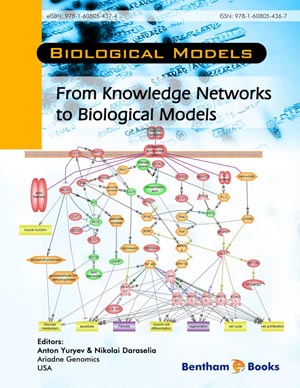Abstract
We describe construction of mechanistic model for drug-induced cholestasis using information available from ResNet and ChemEffect knowledge networks in Pathway Studio software. We first developed the mechanistic model using information about protein targets of the cholestasis-inducing drugs. We then expanded the model by incorporating knowledge about protein functional annotation, protein homology, canonical pathways and pathway reconstruction. The expanded model provides a toxicity mechanism for 81% of the drugs known to induce cholestasis vs. 58% of the drugs explained by the original model. Using the model we suggest that FGF19 secreted proteins are the biomarker for drug-induced cholestasis. In this discussion we suggest how the mechanistic model can be used for predicting cholestasic risk for new compounds, how it can be used for development of biomarker panel to monitor cholestasis risk in patient during drug therapy, and how the model can be used in personalized medicine for evaluating patient predisposition for cholestasis.
Keywords: Bioinformatics, cholestasis, CYP3A4, cytochrome p450, liver toxicity, toxicology, pathway analysis, bile acids, ABC transporters, biomarkers, mechanistic model, MDR1, drug metabolism, pathway studio.






















